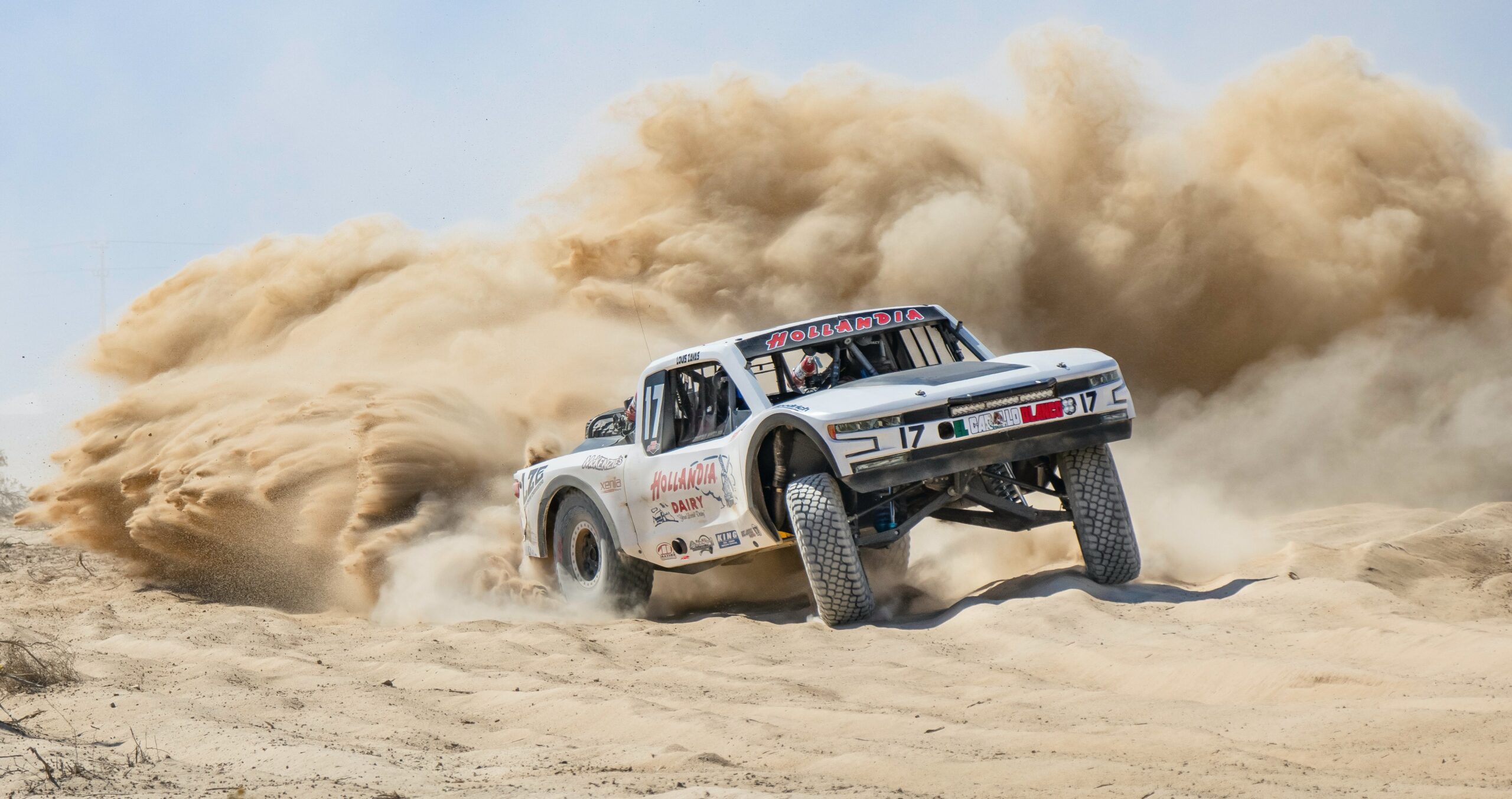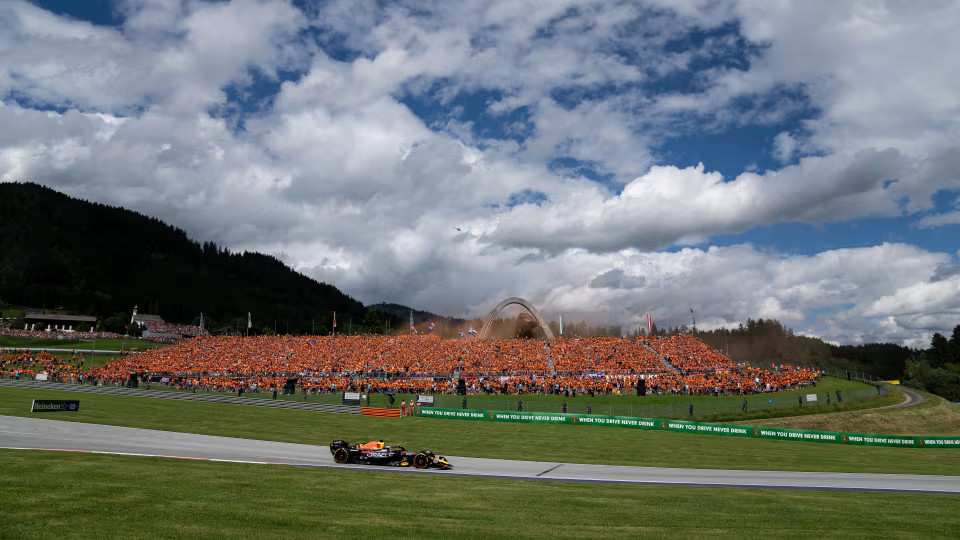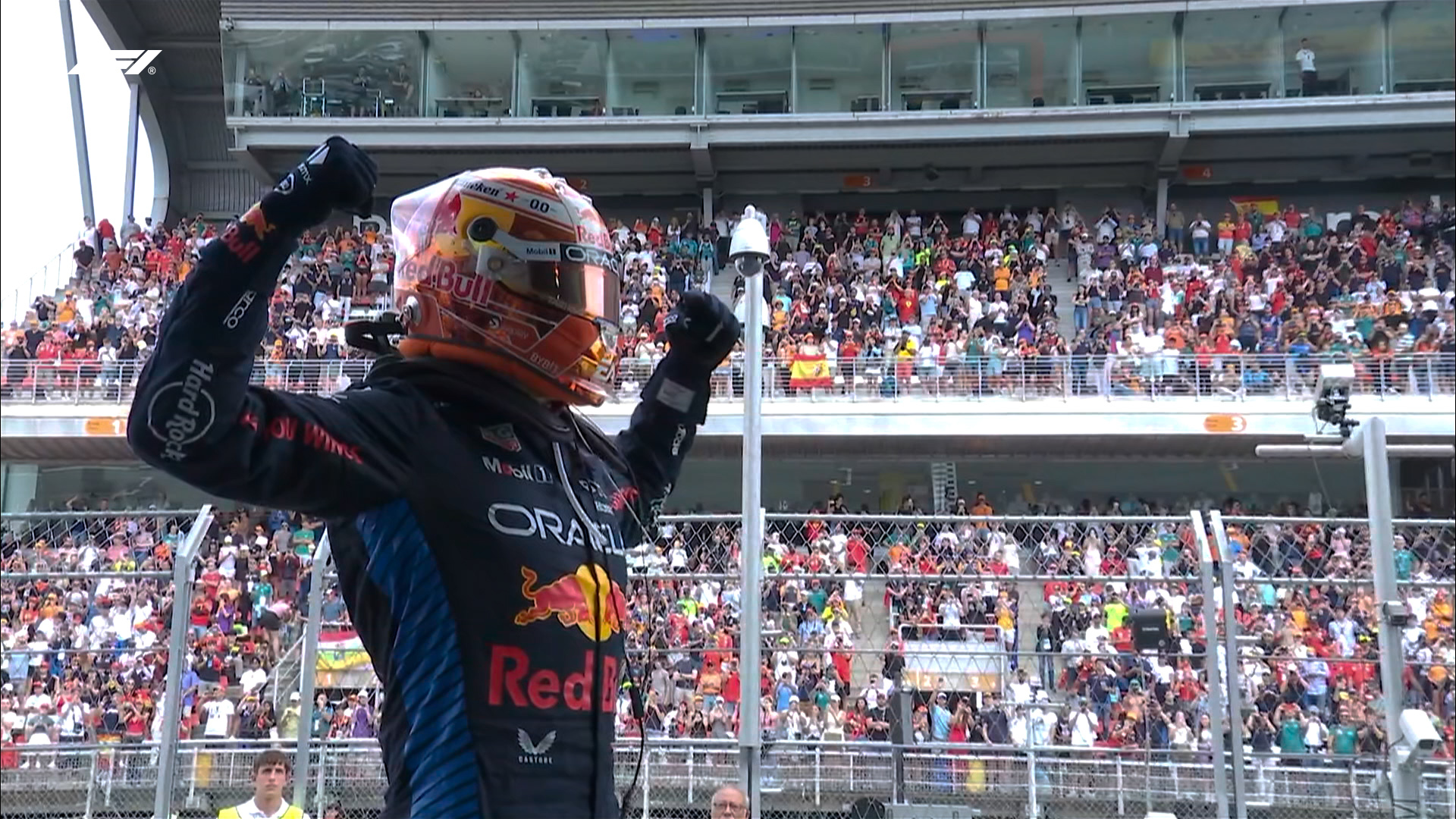Introduction to the Baja 1000
The Baja 1000, a name that resonates with an electrifying mix of excitement and fear among motorsport aficionados, has earned its reputation as the most dangerous race in North America. This off-road odyssey is not just a test of speed but a trial of survival against some of the harshest elements nature can unleash. Here’s an in-depth look at what makes the Baja 1000 a formidable challenge even for the most seasoned racers.
A Terrain That Demands Respect
The Baja 1000 unfolds across the treacherous terrains of Mexico’s Baja California Peninsula, a landscape that seems almost alien in its hostility. From the vast expanses of deserts with their blistering heat to the mountainous regions with unpredictable weather patterns, the course is a relentless adversary. The unforgiving terrain with its steep mountain passes and deep silt beds can halt the most powerful of vehicles in their tracks, turning every mile into a battle for supremacy between man and nature.
The Unpredictable Course
Adding to the danger is the race’s unpredictable course, which can extend up to 1,000 miles for point-to-point races, or span between 600 to 850 miles for loop races. Every year, the course is subject to changes, keeping even the most experienced competitors guessing. The uncertainty of the path ahead, coupled with the extreme endurance required to navigate it, poses a significant challenge to both driver and machine.
The Specter of Booby Traps
The Baja 1000 is not only about the natural hurdles. The race has a notorious reputation for booby traps set up by locals. These man-made dangers range from shallow pits to entire sections of the track being sabotaged to create chaos during the race. This not only adds an element of surprise but also considerably increases the risk of accidents and injuries.
A Test of Endurance and Engineering
Vehicles of various classes, from motorcycles to buggies and trucks, take part in this race, all vying for glory. The diversity in the competing categories means the course must be tough enough to challenge the most robust of trucks yet navigable for motorcycles. The wear and tear on vehicles are immense, and mechanical failures are not just a possibility but an expectation. The remoteness of the racecourse means that help is miles away, and self-reliance is key to survival.
The Human Element
Lastly, the human element plays a crucial role in the danger level of the Baja 1000. Drivers and riders must endure fatigue, dehydration, and cognitive decline over the 20+ hours it often takes to complete the race. The mental fortitude required to maintain focus while navigating hazards at high speeds is immense, and any lapse in concentration can lead to catastrophic outcomes.
Conclusion
The Baja 1000’s reputation as the most dangerous race in North America is well-earned. It tests the limits of human and mechanical endurance, pits racers against an unforgiving landscape, and leaves no room for error. For those who compete, it’s not just a race; it’s an adventure that demands respect, preparation, and an unyielding spirit. Whether you’re a racer, a team member, or simply a fan, the Baja 1000 is a testament to the sheer willpower and tenacity of those who dare to confront the ultimate challenge in motorsports.







